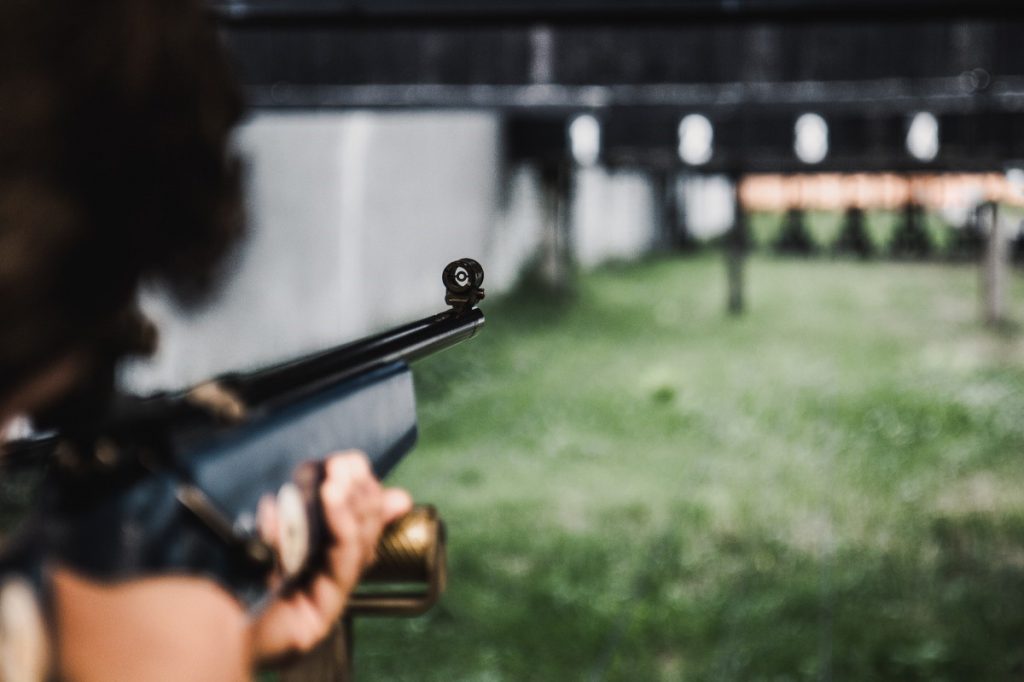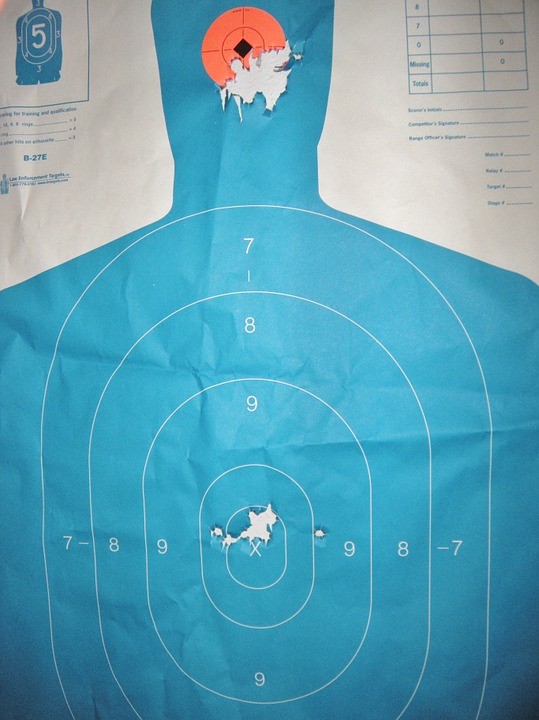Shooting ranges are a great place where officials from law enforcement and the military can practice their aims. They are also open to civilians interested in enhancing their shooting skills.
While such institutions do provide a secure environment for target practice, they are only as safe as the people who are there can make them.
We are talking about the regulations that shooting ranges enforce on their members. However, those rules may not be much effective if, as a visitor, you don’t follow them.
Many such rules are stated clearly and displayed on site. But some are unspoken, and you should be following those too. Those could be specific for the range in question.
We present to you below the most common mistakes that people make at shooting ranges and how to avoid them:

Bringing custom ammunition to the firing range
This one is a big no-no and for very good reasons too. Firstly, the ammunition that is available to you at a range has certain specifications. The caliber of the bullets, for example, or the manufactured grain. The bullet trap system at a range is designed along with those specifications.
Using any other gun or type of arms can be dangerous. They may not be compatible with the system and, thus, could result in potential injuries.
But, as always, there are exceptions. Some individual range owners will have rules that are new to you or didn’t exist in the old place. That may be true for firearms, as well. Places like that may okay you using your firearm and just renting a lane to practice. Even so, we’d suggest confirming which kinds of ammo they allow.
For instance, some ban birdshot, while others say no to steel casings. Therefore, confirm beforehand, so that you can enjoy your session to the fullest.
Shooting outside of your range
You may be new to shooting, but you will be responsible for yourself while at a range. That means sticking to the firing line while practicing and only taking aim at the target in front of you.
Any other shots, such as at targets that are not posted at the appropriate height or items placed on the ground, lead to accidents. The trap may not catch your wayward bullets, and you could hurt someone.
Moreover, by discharging firearms in a poorly ventilated area, you may open yourself to lead exposure. Even cleaning or handling ammunition makes you vulnerable to the effects of substances that can cause congenital disabilities, physical injury, and reproductive harm. Shoot where you are supposed to, and after you’re done, wash your hands to get rid of the residue.
Not treating the firearm as it is loaded
You know there aren’t any bullets in the gun when you are handed one at the range. However, human errors can happen. Therefore, for safety, always treat a firearm as if it is loaded. Thus, when you get it, open the action for visual confirmation.
Assumptions can also be hazardous for your health – and that of the other shooters. Moreover, only load your gun when present on the target range or after stepping into the shooting area.
Handling the trigger before sighting the target
It isn’t enough that you load the gun only when you are about to practice. To ensure safety, another related rule applies to shoot. Potential disasters can be avoided if your finger isn’t close to the trigger before you sight the target.
Don’t point the gun at anything else. Even if you make that mistake, keep your trigger finger safely out of commission. By doing so, you will be less likely to shoot. For newcomers, trigger discipline takes some time to become habitual. Once it does, though, you won’t make a mistake under high-pressure defensive situations, let alone at the range.

Not pointing the muzzle at only the target
We have mentioned this earlier. Any Illinois concealed carry classes will also teach you the same thing and emphasize it often. Pointing at anything – or anyone – that isn’t the range’s target is a bad idea!
A safe direction that you may aim at while not shooting is where there is no one else or is remotely near the line of fire. Ricocheting bullets can take unexpected paths. They can find other shooters or objects! So, prevent injury by never aiming at anything other than the target in the first place.
Not handling non-firing arms with care
Even with all these measures, things may go wrong. One commonly faced problem is a non-firing gun. We are here to tell you what to do in case your gun doesn’t fire. Often the cartridge is to blame since the firearm is loaded. If that happens to you after you pull the trigger, shift the muzzle, and point it in a safe direction.
Move away so that your face is at a distance from the breach. Now, while still pointing the muzzle away, open the action. Unload your gun and practice safe cartridge disposal. Why are you doing that? Because a faulty cartridge like that can go off at any time. Even as you remove it, keep your attention on the muzzle.
Not following the other protocols

It could be your very first appearance at a gun range. Alternatively, you may be visiting an out-of-town range. Knowing how to behave and what to bring to one can be useful for your safety and others. You can rent a lane at any range if you are willing to submit a photo ID that is issued by the government. You’ll also need to acknowledge that you understand the rules of that specific shooting range beforehand. The person in charge will either loan you the targets and eye and ear protection – or you can purchase them. Your firearm will also be rented to you.
When you stick to the protocol, you ensure your safety and that of the others at a range. This is true for regulars and out-of-towners visiting one. Share the tips with aspiring shooters to spread the word!
ABOUT Alycia Gordan
Alycia Gordan is a freelance writer who loves to read and write articles on healthcare technology, fitness and lifestyle. She is a tech junkie and divides her time between travel and writing. You can find her on Twitter: @meetalycia
